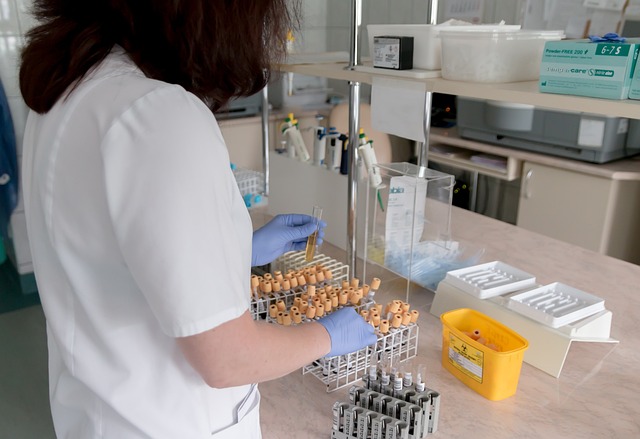
Statistical Inference Is The Part of Hypothesis Testing That
Understanding Statistical Inference in Hypothesis Testing
Statistical inference is like that friend who always has a well-researched opinion at dinner parties. You know, the one who can back up their claims with facts and figures. In the world of statistics, this friend helps us make sense of data, especially when it comes to hypothesis testing. So, what exactly is statistical inference, and why does it matter? Let’s dive in!
What is Hypothesis Testing?
Before we get too deep into the weeds of statistical inference, let’s clarify what hypothesis testing is. Think of it as a courtroom drama where the null hypothesis (the default position) is the defendant. The alternative hypothesis is the prosecution, eager to prove that the defendant is guilty of not being true. The goal of hypothesis testing is to gather enough evidence to either reject the null hypothesis or fail to reject it. Spoiler alert: the verdict often hinges on something called the p-value.
Enter Statistical Inference
Now that we've set the stage, let’s talk about statistical inference. This is the process through which we draw conclusions about a population based on a sample of data. It’s like trying to guess the flavor of a whole tub of ice cream by just tasting one spoonful. You can’t always be sure, but if it’s chocolate, you’re probably onto something!
Key Components of Statistical Inference
Statistical inference involves a few essential components:
- Test Statistic: This is a standardized value that helps us determine how far our sample data deviates from the null hypothesis. Think of it as the score on a test that tells you how well you did.
- P-value: This is the probability of observing the test results under the null hypothesis. A low p-value (typically less than 0.05) suggests that the observed data is unlikely under the null hypothesis, leading us to consider rejecting it. It’s like finding out that your friend really did eat the last slice of pizza when they swore they didn’t.
- Critical Value: This is the threshold that the test statistic must exceed to reject the null hypothesis. It’s like the minimum score needed to pass a class.
- Confidence Intervals: These provide a range of values within which we can be fairly certain our population parameter lies. It’s like saying, “I’m pretty sure the ice cream flavor is chocolate, but there’s a chance it could be something nutty.”
The Role of P-values
P-values are often the life of the party in hypothesis testing. They help us understand the strength of the evidence against the null hypothesis. However, it’s essential to remember that a p-value doesn’t tell you the probability that the null hypothesis is true or false. It’s more like a clue in a mystery novel—helpful, but not the whole story.
Conclusion
In summary, statistical inference is a critical component of hypothesis testing that helps us make sense of data and draw meaningful conclusions. It’s the backbone of scientific research, providing us with the tools to test theories and understand the world around us. So, the next time you hear someone mention p-values or test statistics, you can nod along knowingly, like you just uncovered the secret ingredient in grandma’s famous cookie recipe. 🍪




















 Potassium in Nectarines
Potassium in Nectarines 
 Health
Health  Fitness
Fitness  Lifestyle
Lifestyle  Tech
Tech  Travel
Travel  Food
Food  Education
Education  Parenting
Parenting  Career & Work
Career & Work  Hobbies
Hobbies  Wellness
Wellness  Beauty
Beauty  Cars
Cars  Art
Art  Science
Science  Culture
Culture  Books
Books  Music
Music  Movies
Movies  Gaming
Gaming  Sports
Sports  Nature
Nature  Home & Garden
Home & Garden  Business & Finance
Business & Finance  Relationships
Relationships  Pets
Pets  Shopping
Shopping  Mindset & Inspiration
Mindset & Inspiration  Environment
Environment  Gadgets
Gadgets  Politics
Politics 